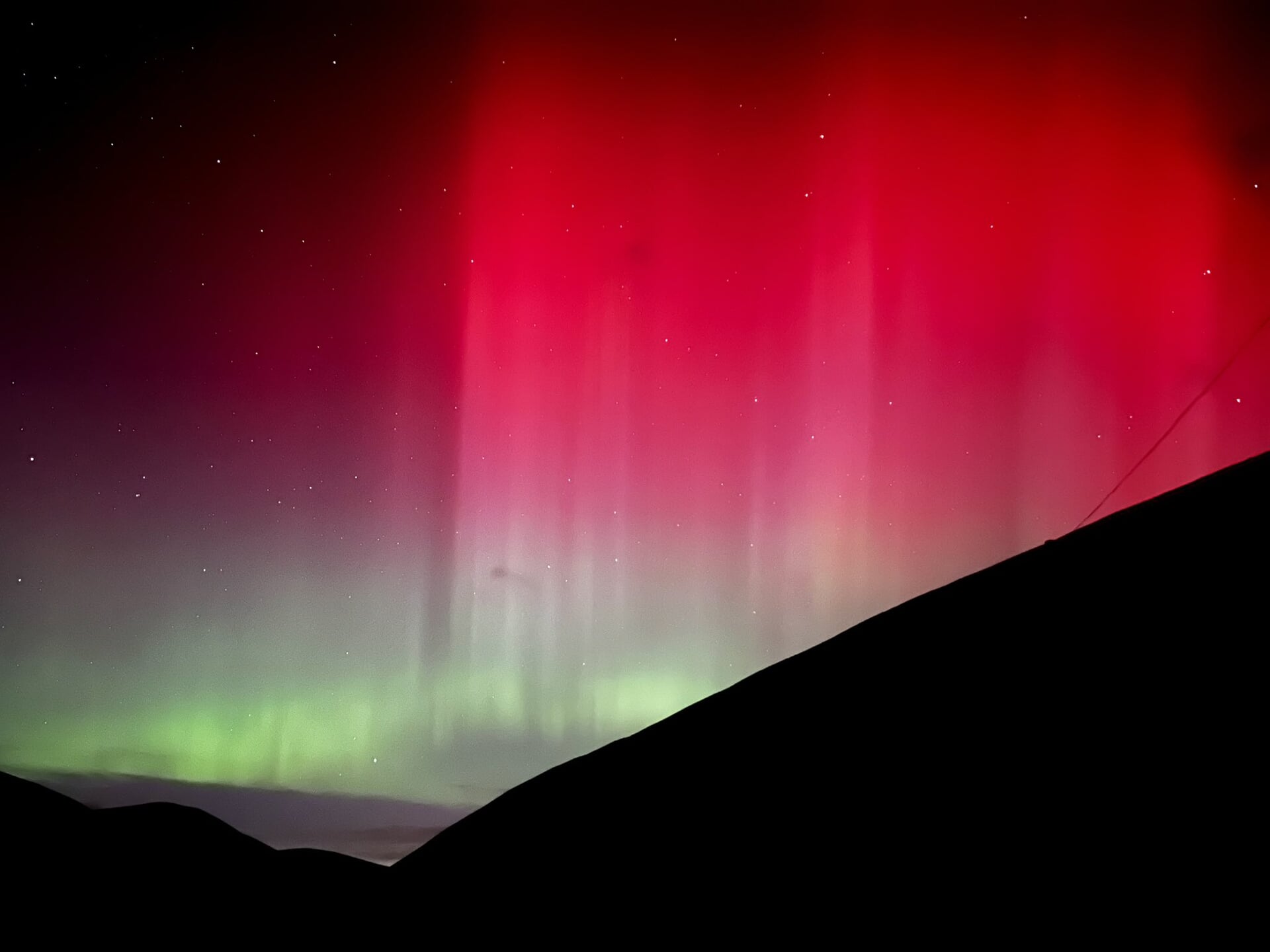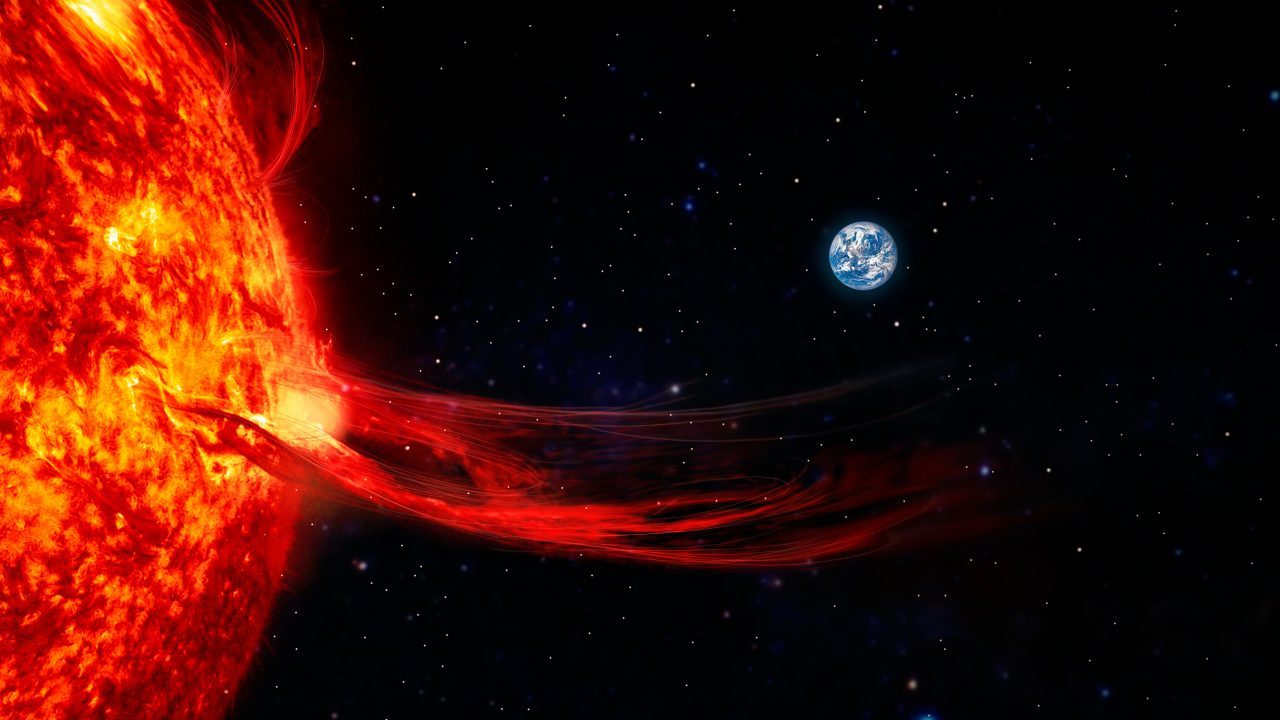A rare “cannibal solar storm” is expected to hit Earth on Thursday, potentially disrupting the power grid.
The phenomenon occurs when multiple bursts of solar energy occur and one wave absorbs another, and could lead to intense geomagnetic activity that could knock out GPS and communication systems.
According to the British Geological Survey, two successive coronal mass ejections were emitted from the sun on Sunday and Monday.
The forecast has been upgraded to its maximum – G5 – and is already interfering with communications systems and satellite navigation.
What is the impact of a G5 geomagnetic storm?
-
 Some grid systems may experience complete collapse or blackouts
Some grid systems may experience complete collapse or blackouts -
 Widespread voltage control problems and protective system problems can occur
Widespread voltage control problems and protective system problems can occur -
 Transformers may experience damage
Transformers may experience damage -
 Satellite navigation may be degraded for days
Satellite navigation may be degraded for days -
 Transmitting and receicing radio communications may be impossible in many areas
Transmitting and receicing radio communications may be impossible in many areas -
 Low-frequency radio navigation can be out for hours
Low-frequency radio navigation can be out for hours
 STV News
STV NewsIt is believed geomagnetic storm could be the biggest in more than 20 years. The solar activity has already resulted in the largest geoelectric field ever recorded by the BGS.
The severe geomagnetic storm resulted in many people across Scotland seeing the Northern Lights. With clear, dark skies, people in Scotland could have the best chance if the weather is favourable.
The aurora could be enhanced during the early hours of Thursday morning due to the “cannibal storm”.
Dr Gemma Richardson, BGS geomagnetic hazard specialist said: “Space weather can have a real impact on the lives of people across the planet. BGS records real-time data of geomagnetic conditions, underpinning the national forecast service.
“Our data suggests that this event could be one of the biggest storms we’ve seen in 20 years.”
What are geomagnetic storms?
Geomagnetic storms are caused by solar activity interacting with the Earth’s magnetic field, which has implications for national energy infrastructure and navigation.
For this reason, it is listed as one of the primary hazards on the UK’s National Risk Register.
Solar storms travel from the Sun and can reach Earth in as little as 17 hours, although they can also take significantly longer.
Follow STV News on WhatsApp
Scan the QR code on your mobile device for all the latest news from around the country


 Adobe Stock
Adobe Stock























